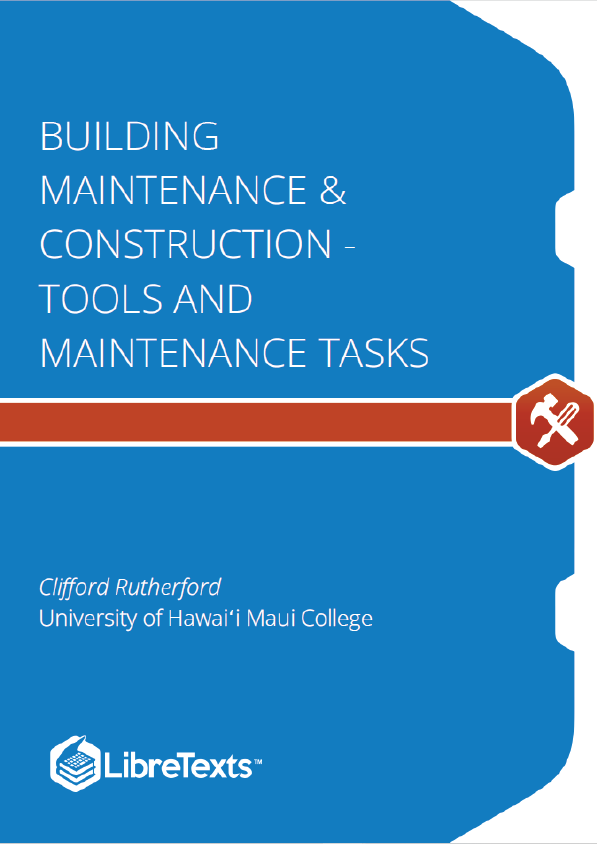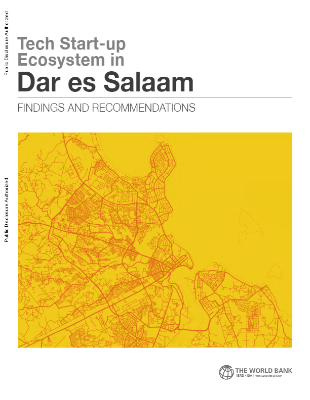Building Maintenance & Construction: Tools and Maintenance Tasks introduces and develops knowledge of basic building maintenance tools and materials, applied skills and techniques, industry health and safety standards, and preventive maintenance and troubleshooting practices required by employers for entry-level positions in the building trades and facilities maintenance fields.
First Things First
Job site accidents and injuries as a result of tools and equipment being misused or failing are quite common. Cuts and punctures from sharp objects, contusions from blunt objects or impacts, burns from open flame torches and hot pipes, splashing of chemicals or debris to the eyes, and electrical shock are just a few of the common injuries associated with the building maintenance trade.
As construction and maintenance processes offer the potential for many types of traumatic and life threatening injuries, workers in skilled trades should be aware of the hazards and be prepared to respond in the event of an injury. While many industry tasks are performed by a single person, often isolated from others, it is recommended that industry workers receive First Aid and Cardiopulmonary Resuscitation (CPR), and Occupational Safety and Health Administration (OSHA) 10 or 30 Hour Training for Construction certificates. Training will enable industry trades-persons to better assess workplace hazards and respond to them appropriately, whether an incident involves yourself, a teammate, or others on the job site. In person, hands-on First Aid/CPR training can be found through local health and welfare organizations, educational institutions (credit or non-credit), and medical providers. OSHA in person courses can be found at local educational institutions (credit or non-credit), and in online formats through various educational institutions and commercial providers.
First Aid Kit
Although we all hope that we never need one, a first aid kit should be kept on the service vehicle or on the job site at all times. Be sure your first aid kit has you prepared for the type of injuries connected to your field of work. The size of the first aid kit should reflect the number of employees kit is intended to service. Most commercial first aid kits are rated by the amount of people or employees to be served.
Eye and Face Protection
Employees can be exposed to a large number of hazards that pose danger to their eyes and face. OSHA requires employers to ensure that employees have appropriate eye or face protection if they are exposed to eye or face hazards from flying particles, molten metal, liquid chemicals, acids or caustic liquids, chemical gases or vapors, potentially infected material or potentially harmful light radiation.
OSHA suggests that eye protection be routinely considered for use by carpenters, electricians, machinists, mechanics, millwrights, plumbers and pipefitters, sheet metal employees and tinsmiths, assemblers, sanders, grinding machine operators, sawyers, welders, laborers, chemical process operators and handlers, and timber cutting and logging workers. Employers of employees in other job categories should decide whether there is a need for eye and face PPE through a hazard assessment.
Examples of potential eye or face injuries include:
Dust, dirt, metal or wood chips entering the eye from activities such as chipping, grinding, sawing, hammering, the use of power tools or even strong wind forces.
Chemical splashes from corrosive substances, hot liquids, solvents or other hazardous solutions.
Objects swinging into the eye or face, such as tree limbs, chains, tools or ropes. Radiant energy from welding, harmful rays from the use of lasers or other radiant light (as well as heat, glare, sparks, splash and flying particles).
Many occupational eye injuries occur because employees are not wearing any eye protection while others result from wearing improper or poorly fitting eye protection. Employers must be sure that their employees wear appropriate eye and face protection and that the selected form of protection is appropriate to the work being performed and properly fits each employee exposed to the hazard.











